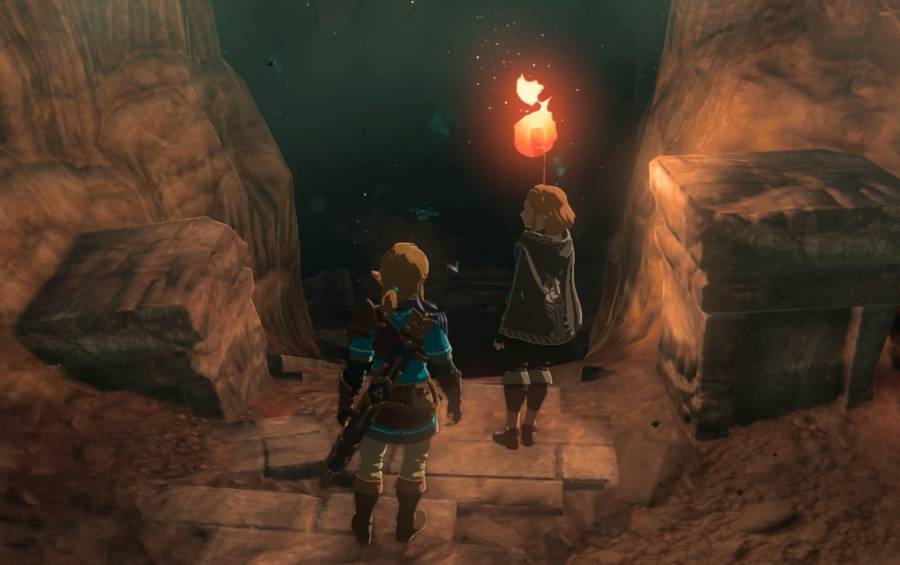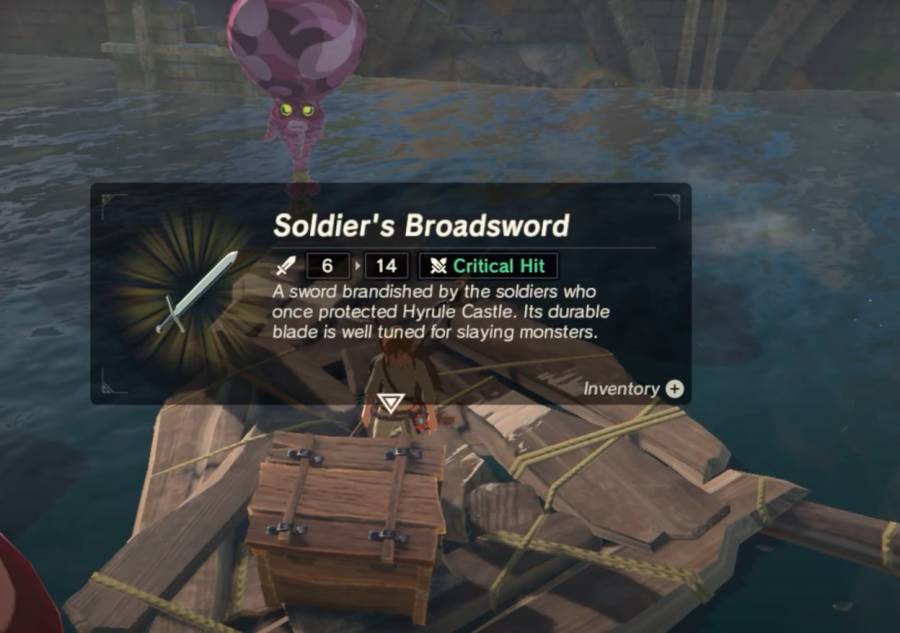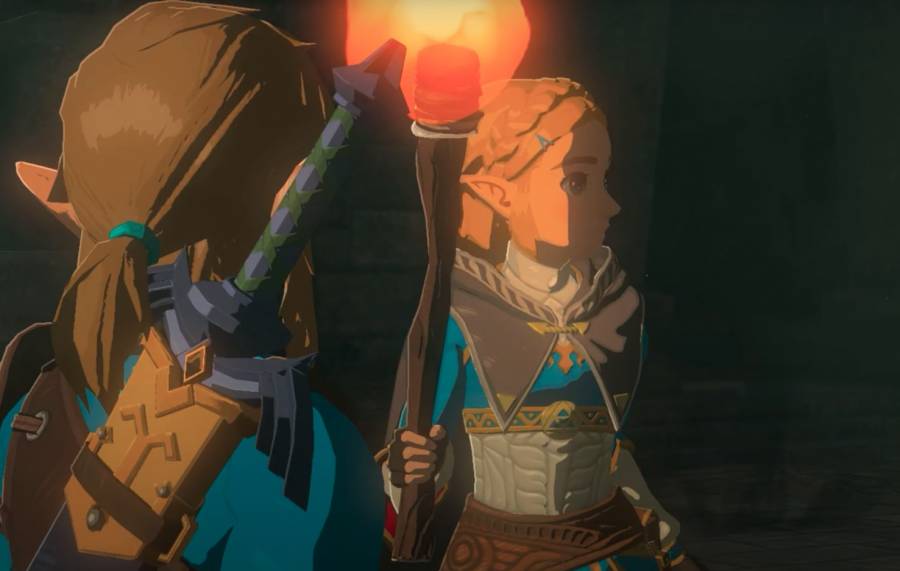The Purpose of Difficulty in Games
Difficulty in games serves several purposes. It can provide a sense of achievement, challenge the player’s skills, and help maintain a game’s longevity. Additionally, it adds depth to the gaming experience by requiring players to strategize and overcome obstacles.
Different Types of Challenges
Challenges in games can be broadly categorized into three types: combat challenges, puzzle challenges, and exploration challenges. Combat challenges test the player’s reflexes and tactical skills, puzzle challenges their problem-solving abilities, and exploration challenges their perseverance and curiosity.
Balancing Difficulty for Player Engagement
Balancing difficulty is crucial in maintaining player engagement. A game that is too easy may fail to provide a sense of accomplishment, while a game that is too hard might frustrate players. The ideal game difficulty is one that continually pushes the player’s abilities without overwhelming them.
 Tears of the Kingdom Handles Difficulty and Challenge in Comparison to Other Games in the Series” />
Tears of the Kingdom Handles Difficulty and Challenge in Comparison to Other Games in the Series” />Overview of Tears of the Kingdom
Game Mechanics and Features
Tears of the Kingdom features a mix of combat, puzzles, and exploration. The combat is action-based, requiring quick reflexes and strategy. Puzzles involve manipulating the environment and using tools creatively. Exploration is encouraged through a vast, open world filled with secrets and hidden treasures.
Introduction of Difficulty Elements
Tears of the Kingdom introduces difficulty through enemy encounters, complex puzzles, and treacherous environments. The game also features a unique equipment system where weapons degrade over time, adding an additional layer of challenge.
Player Reception and Feedback
Reception to Tears of the Kingdom’s difficulty has been generally positive. Players have praised the game’s balance of challenge and accessibility, as well as its innovative difficulty elements like the equipment degradation system.
Understanding the Difficulty Curve in Tears of the Kingdom
Early Game Challenges
In the early stages of Tears of the Kingdom, players are introduced to basic combat mechanics and simple puzzles. These challenges serve as tutorials, helping players get accustomed to the game’s systems.
Mid-game Difficulty Spikes
The mid-game sees a significant spike in difficulty. Enemies become tougher and more numerous, puzzles grow more complex, and the terrain becomes more treacherous. This phase of the game tests the skills and strategies players have developed so far.
Late Game Difficulty Plateau
In the late game, the difficulty plateaus as players have amassed a variety of powerful equipment and abilities. However, the game continues to challenge players with high-stakes combat scenarios and intricate puzzles.
Tears of the Kingdom vs Earlier Games
Difficulty Progression Comparison
Compared to earlier entries in the series, Tears of the Kingdom features a smoother difficulty progression. While previous games had sudden difficulty spikes, Tears of the Kingdom gradually increases the challenge, allowing players to steadily improve their skills.
Differences in Challenge Types
Tears of the Kingdom also differs from its predecessors in terms of challenge types. It places a greater emphasis on exploration and puzzle-solving, while previous games were more combat-focused.
Player Reaction to Changes
The changes in Tears of the Kingdom’s difficulty design have been well-received by players. Many appreciate the game’s balanced challenge and the added depth provided by exploration and puzzle-solving elements.
Specific Challenges in Tears of the Kingdom
Combat Difficulty
Combat in Tears of the Kingdom is challenging due to the variety of enemy types and their unique attack patterns. The game’s equipment degradation system also adds a layer of challenge, forcing players to think strategically about their weapon usage.
Puzzle Difficulty
The puzzles in Tears of the Kingdom range from simple environmental manipulations to complex multi-step problems. They challenge players’ problem-solving skills and often require a keen understanding of the game’s mechanics.
Exploration Difficulty
Exploration in Tears of the Kingdom is made challenging by vast, intricate environments filled with hidden paths and secrets. The game encourages thorough exploration by rewarding players with useful items and upgrades.

Player Skill Development in Tears of the Kingdom
Skill Acquisition and Improvement
Tears of the Kingdom allows players to improve their skills through combat, puzzle-solving, and exploration. As players progress, they become more proficient in managing their equipment, strategizing in combat, and navigating the game’s complex environments.
Role of Difficulty in Skill Mastery
The game’s difficulty plays a critical role in skill mastery. By continually challenging players, it encourages them to refine their strategies, learn from their mistakes, and steadily improve their abilities.
Impact on Player Satisfaction
The sense of achievement gained from overcoming the game’s challenges contributes greatly to player satisfaction. Players feel rewarded for their efforts and are motivated to continue playing to surmount greater challenges.
Role of Equipment and Power-ups in Game Difficulty
Equipment Accessibility and its Impact
The availability of equipment in Tears of the Kingdom affects the game’s difficulty. Some powerful items are hard to find or require overcoming challenging quests, adding an extra layer of difficulty.
Power-ups and their Influence on Difficulty
Power-ups provide temporary advantages that can help players overcome difficult situations. However, they are often scarce, requiring players to use them strategically.
Balancing Equipment and Power-ups
Balancing the use of equipment and power-ups is a key part of Tears of the Kingdom’s difficulty. Players must manage their resources effectively to survive the game’s challenges.
Difficulty Customization in Tears of the Kingdom
Difficulty Settings and Modes
Tears of the Kingdom features multiple difficulty settings, allowing players to tailor the game’s challenge to their skill level. This includes a ‘hard mode’ for players seeking a tougher experience.
Player Control Over Difficulty
The game gives players some control over the difficulty. For instance, players can choose to confront tougher enemies for greater rewards, or take the time to explore and find powerful equipment.
Impact on Player Experience
The ability to customize difficulty enhances player experience. It allows players of all skill levels to enjoy the game and ensures that the challenge remains fair and engaging.
Implications of Difficulty Design in Tears of the Kingdom
Lessons for Future Game Design
Tears of the Kingdom’s approach to difficulty offers valuable lessons for future game design. It shows that a well-balanced difficulty curve can enhance player engagement and satisfaction.
Influence on Player Retention
The game’s difficulty design also contributes to player retention. By offering a steady stream of challenges that push players’ skills, the game keeps players engaged and motivated to continue playing.

Potential Trends for Upcoming Titles
Tears of the Kingdom’s success could influence trends in future games. More games might start incorporating gradual difficulty progression, exploration-based challenges, and innovative difficulty elements like equipment degradation.
Conclusion
Recap of Difficulty Analysis
In conclusion, Tears of the Kingdom handles difficulty and challenge skillfully, providing a balanced and engaging gaming experience. Its approach to difficulty is innovative and player-centric, setting it apart from other games in the series.
Overall Impact of Difficulty in Tears of the Kingdom
The game’s difficulty design greatly enhances its gameplay. It pushes players to improve their skills, strategize effectively, and thoroughly explore the game world.
Final Thoughts on Game Difficulty Design
The analysis of Tears of the Kingdom underscores the importance of thoughtful difficulty design in games. A well-designed difficulty curve can challenge players, enhance player satisfaction, and ultimately contribute to a game’s success.
